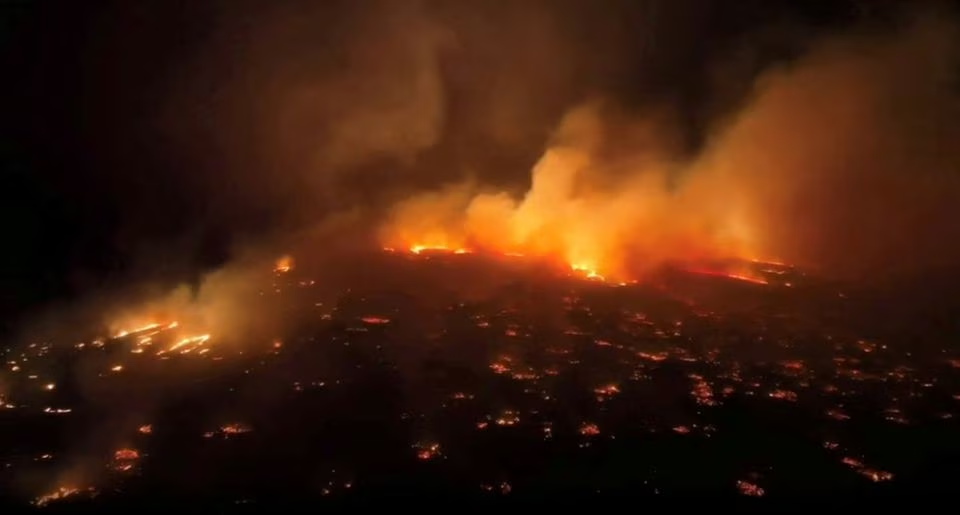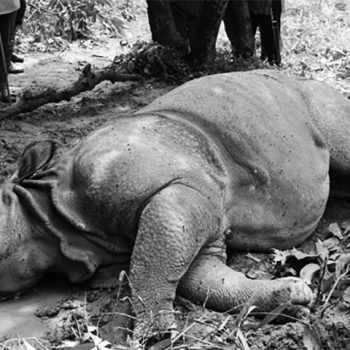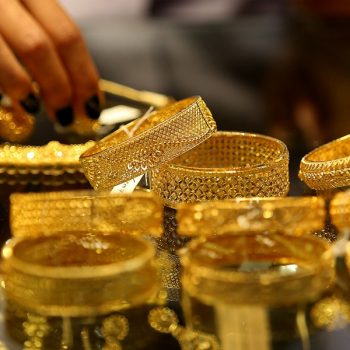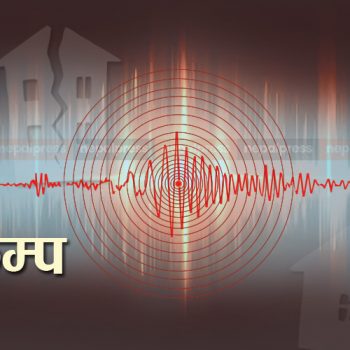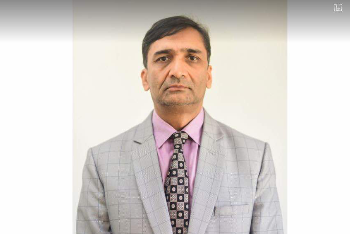James Webb Telescope fully deployed in space
 NepalPress
NepalPress
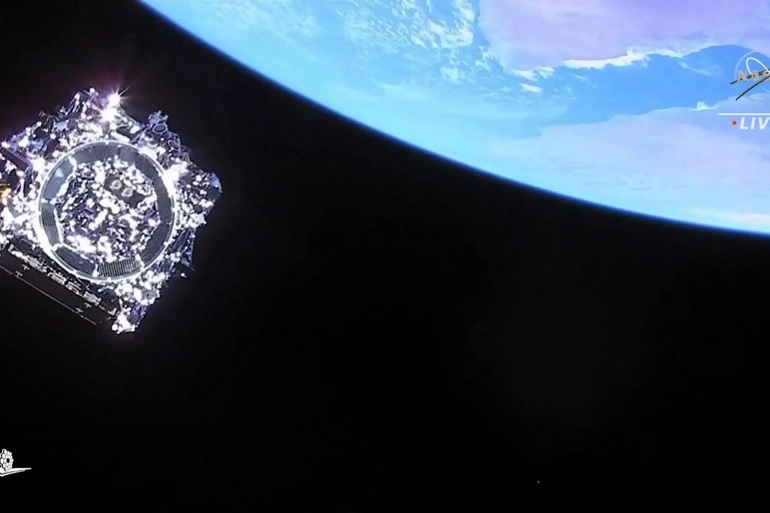
The James Webb Space Telescope has completed a tricky two-week-long deployment phase, unfolding its huge, gold-plated, flower-shaped mirror panel as it readies to study every phase of cosmic history, Aljazeera reported.
Engineering teams at the Space Telescope Science Institute in Baltimore, Maryland, cheered on Saturday as NASA announced on Twitter that the final portion of the 6.5-metre (21-foot) mirror was deployed.
“I’m emotional about it – what an amazing milestone,” Thomas Zurbuchen, a senior NASA engineer, said during the live video feed as stargazers worldwide celebrated.
“We see that beautiful pattern out there in the sky now.”
More powerful than the Hubble Space Telescope, the $10bn Webb will scan the cosmos for light streaming from the first stars and galaxies formed 13.7 billion years ago. To accomplish this, NASA had to outfit Webb with the biggest and most sensitive mirror ever launched – its “golden eye”, as scientists call it.
The telescope is so big that it had to be folded origami-style to fit in the rocket that blasted off from French Guiana two weeks ago.
The riskiest operation occurred earlier in the week when the tennis court-size sun shield unfurled.
The shield will be permanently positioned between the telescope and the Sun, Earth and Moon, with the Sun-facing side built to withstand 110 degrees Celsius (230 degrees Fahrenheit).
Flight controllers in Baltimore began opening the “golden eye” on Friday, unfolding the left side like a drop-leaf table.
This mirror is made of beryllium, a lightweight yet sturdy and cold-resistant metal. Each of its 18 segments is coated with an ultrathin layer of gold, highly reflective of infrared light.
The hexagonal, coffee table-size segments must be adjusted in the days and weeks ahead so they can focus as one on stars, galaxies and alien worlds that might hold atmospheric signs of life.
“It’s like we have 18 mirrors that are right now little prima donnas all doing their own thing, singing their own tune in whatever key they’re in, and we have to make them work like a chorus and that is a methodical, laborious process,” operations project scientist Jane Rigby told reporters.
Webb should reach its destination one million miles (1.6 million kilometres) away in another two weeks; it is already more than 667,000 miles (one million kilometres) from Earth since its Christmas Day launch.
The telescope still has about another five-and-a-half months of setup to go, according to NASA, and the next steps include aligning the telescope’s optics and calibrating its scientific instruments.
If all continues to go well, science observations will begin this summer. Astronomers hope to peer back to within 100 million years of the universe-forming Big Bang, closer than Hubble has achieved.
Its mission also includes the study of distant planets to determine their origin, evolution, and habitability.
Amy Lynn Thompson, a space and science journalist who writes for space.com, called the successful unfurling of the sun shield and the unfolding of the mirrors an “incredibly huge achievement”.
“This telescope has been 25 years in the making and scientists are so ready for it to get to the point where it can actually send back pictures and these were the crucial steps that has to happen to make sure that works,” she told Al Jazeera.
“What it’s going to do is look at infrared light, that’s the portion of the electromagnetic spectrum that we feel as heat. And so stars and galaxies, whenever they form are very very hot, so the telescope is going to look for those heat signatures as far back as 100 million years after the Big Bang, which is incredible,” she said.
“So we could not only see some of the first stars and galaxies, but it can also sniff out exoplanet atmospheres to see what kind of chemicals are in there, maybe even to find other habitable planets out in the universe.”





